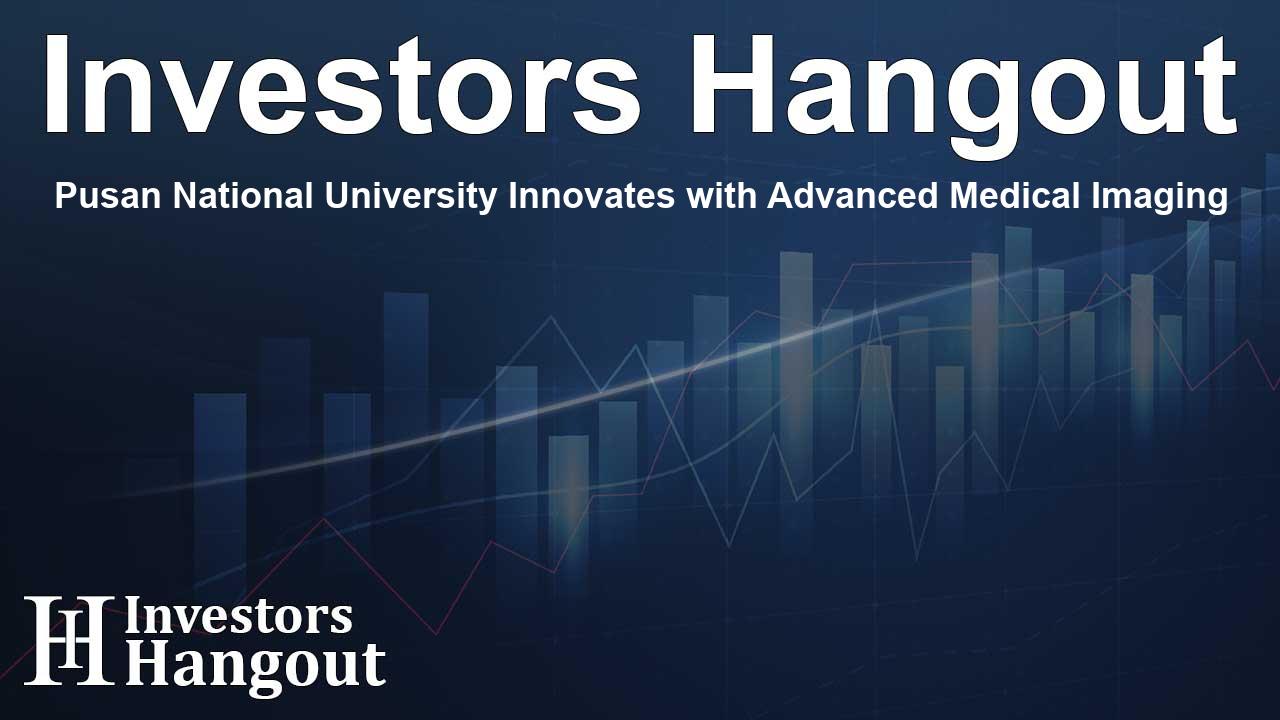Pusan National University Innovates with Advanced Medical Imaging

Revolutionizing Medical Imaging with MoGLo-Net
The innovative deep learning model, known as MoGLo-Net, emerges from the brilliant minds at Pusan National University. This groundbreaking solution addresses the need for bulky, expensive external sensors in handheld 3D medical imaging, making the technology more accessible for various medical applications.
Understanding Ultrasound and Photoacoustic Imaging
Ultrasound (US) imaging plays a crucial role in diagnostic medicine, providing real-time images of organs and tissues through ultrasonic sound waves. By sending these waves into the body, doctors can visualize internal structures based on how the waves reflect off different tissues. This technique is particularly valuable for guiding medical procedures like biopsies and monitoring blood vessels.
Combining ultrasound with photoacoustic (PA) imaging, which utilizes laser pulses to generate sound waves, enhances imaging capabilities. However, while the current methods offered flexibility in operation, they come with limitations, capturing only small two-dimensional (2D) areas, leaving a gap in understanding the overall three-dimensional (3D) structures necessary for thorough diagnostics.
The Challenge of 3D Imaging
Traditionally, achieving comprehensive 3D views has involved innovative methods, such as using specialized transducers or the more economical 3D freehand method. This freehand approach stitches together 2D images obtained by sweeping a transducer over the body, but poses significant challenges in accurately tracking the motion of the transducer.
Many current systems rely on external sensors that not only add to the complexity but also can yield inaccurate measurements. Recognizing this critical flaw, a team at Pusan National University—led by Associate Professor MinWoo Kim identified the pressing need for a solution that eliminated external dependencies while enhancing imaging accuracy.
Introducing MoGLo-Net
MoGLo-Net represents a significant advancement in the field of ultrasound imaging. Developed by the research team from the School of Biomedical Convergence Engineering and the Center for Artificial Intelligence Research at Pusan National University, this deep learning model autonomously tracks the motion of ultrasound transducers without the need for additional sensors.
"MoGLo-Net automatically tracks the motion of the ultrasound transducer using tissue speckle data," explains Prof. Kim. "This allows us to create clear 3D images from 2D ultrasound scans, providing essential insights for doctors to make informed treatment decisions.”
How MoGLo-Net Works
The model employs advanced technology that estimates transducer motion directly from US B-mode image sequences. MoGLo-Net comprises two key components: an encoder based on the ResNet deep learning framework and a motion estimator using Long-Short Term Memory (LSTM) neural networks.
The ResNet-driven encoder is equipped with specialized blocks that analyze correlations between consecutive images based on tissue speckle patterns. This correlation operation captures movement both in-plane and out-of-plane effectively.
Additionally, a novel self-attention mechanism enhances the encoder’s capability to spotlight local features in specific image regions, informed by global image attributes. The LSTM-based motion estimator processes the refined features to predict the transducer's motion over time, incorporating long-term memory, leading to remarkable accuracy.
Testing and Results
The research team rigorously tested MoGLo-Net under diverse conditions using both proprietary and public datasets. The results were compelling, as the model consistently outperformed existing standards across all metrics, yielding more realistic 3D ultrasound images.
Remarkably, for the first time, this model successfully combined ultrasound and photoacoustic data to reconstruct 3D images of blood vessels, highlighting its potential to advance the healthcare landscape significantly.
Conclusion
MoGLo-Net's development marks a transformative milestone in the ultrasound imaging realm, paving the path toward more accurate, efficient, and affordable healthcare solutions. As medical imaging technology continues to evolve, innovations like MoGLo-Net will play a pivotal role in enhancing patient care across various medical fields.
Frequently Asked Questions
What is the purpose of MoGLo-Net?
MoGLo-Net is designed to enhance handheld 3D medical imaging by tracking transducer motion without using external sensors.
How does ultrasound imaging work?
Ultrasound imaging uses sound waves to create images of organs and tissues, facilitating various medical diagnostics and procedures.
What are the benefits of combining ultrasound and photoacoustic imaging?
This combination enhances visualization of bodily structures, leading to better diagnostics and treatment decisions.
What makes MoGLo-Net different from traditional imaging methods?
MoGLo-Net enhances imaging accuracy by eliminating the need for expensive and bulky external sensors while generating comprehensive 3D images.
Who developed MoGLo-Net?
MoGLo-Net was developed by a research team led by Associate Professor MinWoo Kim at Pusan National University.
About The Author
Contact Thomas Cooper privately here. Or send an email with ATTN: Thomas Cooper as the subject to contact@investorshangout.com.
About Investors Hangout
Investors Hangout is a leading online stock forum for financial discussion and learning, offering a wide range of free tools and resources. It draws in traders of all levels, who exchange market knowledge, investigate trading tactics, and keep an eye on industry developments in real time. Featuring financial articles, stock message boards, quotes, charts, company profiles, and live news updates. Through cooperative learning and a wealth of informational resources, it helps users from novices creating their first portfolios to experts honing their techniques. Join Investors Hangout today: https://investorshangout.com/
The content of this article is based on factual, publicly available information and does not represent legal, financial, or investment advice. Investors Hangout does not offer financial advice, and the author is not a licensed financial advisor. Consult a qualified advisor before making any financial or investment decisions based on this article. This article should not be considered advice to purchase, sell, or hold any securities or other investments. If any of the material provided here is inaccurate, please contact us for corrections.
